Google Cloud Next is an important event in the technology industry that provides Google with a platform to showcase its latest achievements in cloud computing, artificial intelligence (AI) and other emerging technologies. In this article, we provide a detailed overview of the key announcements and updates of Google Cloud Next, breaking them down and analyzing their impact on the technology market.
What is Google Cloud Next?
Google Cloud Next is an annual conference held by Google Cloud that serves as a platform for the presentation of the company’s latest products, technologies and services for developers, IT specialists and business leaders. The conference features keynote presentations, technical sessions, hands-on labs, and networking opportunities. This is an important event for those interested in cloud computing, artificial intelligence and related technologies.
Google Cloud Next aims to educate and inspire attendees by providing them with insight into the latest trends and advancements in technology. It also offers a forum to discuss best practices and innovative solutions to common challenges faced by businesses and developers. The event typically attracts a diverse audience, including IT professionals, developers, business leaders, and tech enthusiasts.
Highlights of Google Cloud Next
Google Cloud Next will feature many announcements and updates in various technology areas. Key highlights include improvements to AI infrastructure, new chip technologies, updates to AI platforms such as Vertex AI, and improvements to cloud services and tools.
One of the main themes of Google Cloud Next is the focus on AI and its integration into various products and services. Google announced several new AI models, tools, and frameworks designed to help companies and developers use AI more effectively. These include updating existing AI platforms, implementing new AI-based tools, and improving infrastructure.
Another important area of focus is cloud infrastructure. Google has introduced new chips and computing platforms designed to improve the performance and efficiency of cloud applications. These new technologies are designed to help businesses scale their operations and manage data more efficiently.
Chip based on Arm technology
One of the important announcements at Google Cloud Next was the presentation of a new chip based on the Arm architecture. This chip is designed to offer better performance and power efficiency compared to classic x86 chips. It is designed for general-purpose computing and AI workloads, delivering significant performance gains while reducing power consumption.
The Arm-based chip, known as Axion, is part of Google’s efforts to diversify its hardware and give users more options for their computing needs. Axion is designed for high efficiency, offering up to 60% better power efficiency compared to traditional x86 processors. This makes it an ideal choice for data centers and cloud environments where energy efficiency is critical.
In terms of performance, the Axion offers a 30% improvement over existing Arm-based chips from competitors such as AWS and Microsoft. This is achieved through a combination of advanced design features and optimization for workloads with artificial intelligence. Axion supports a wide range of applications, from general-purpose computing to specialized AI tasks, making it a versatile addition to Google’s hardware portfolio.
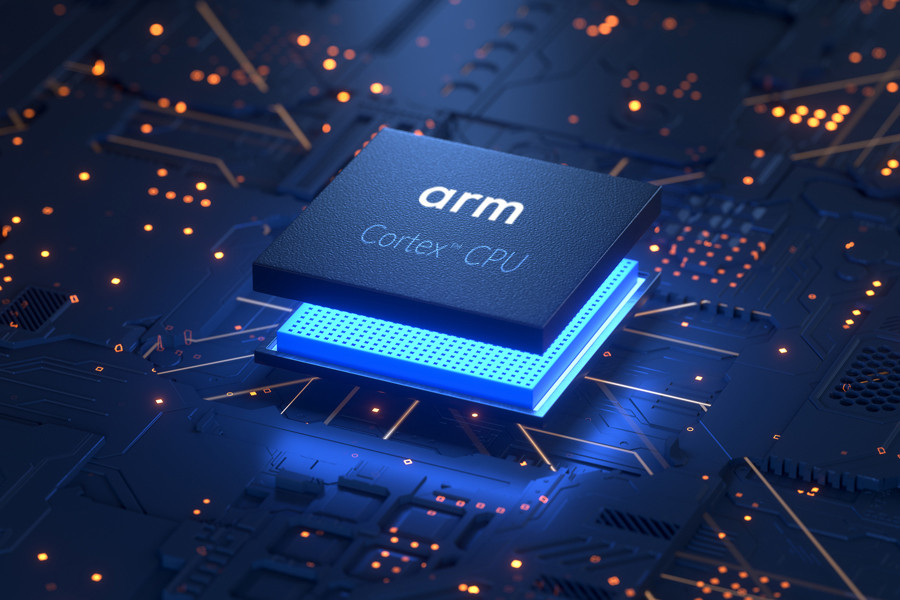
Hypercomputer with artificial intelligence
Google also unveiled its AI hypercomputer, a powerful computing platform designed to handle large-scale AI workloads. The AI hypercomputer combines Google’s TPU technology with other high-performance computing resources to offer unparalleled computing power. This platform is designed for organizations that require large computing power for research and development.
The AI hypercomputer is designed to scale to tens of thousands of TPU chips, providing an unprecedented level of computing power. Each TPU v5p module contains 8,960 chips, providing double the number of floating-point operations per second compared to the previous generation. This level of performance is necessary for training large artificial intelligence models that require enormous computing resources.
In addition to the TPU, the AI hypercomputer also includes support for Nvidia GPUs. This allows users to leverage the strengths of TPU and GPU technologies, providing flexibility and choice in how they build and deploy AI workloads. The hypercomputer is integrated with Google Kubernetes Engine and Compute Engine, providing users with a seamless and scalable platform for their applications.

Vertex AI update
Vertex AI, Google’s artificial intelligence platform, has received several updates that expand its capabilities. New features include support for additional AI models, improved integration with other Google cloud services, and improved tools for application management and deployment. These updates aim to make it easier for developers to build, train and deploy AI models on Google Cloud.
One of the key updates is the appearance of new artificial intelligence models, in particular the Gemini 1.5 Pro model. This model offers advanced capabilities for processing and understanding large volumes of data, making it ideal for complex tasks. The Gemini 1.5 Pro model is designed to handle up to 1 million tokens, making it a powerful tool for developers working with large datasets.
Vertex AI also includes new tools for managing AI models. These tools allow users to monitor and optimize their models, ensuring their best performance. New features include performance monitoring, automated tuning, and model versioning. These tools are designed to simplify the process of managing AI models, making it easier for enterprises to deploy and maintain their AI programs.
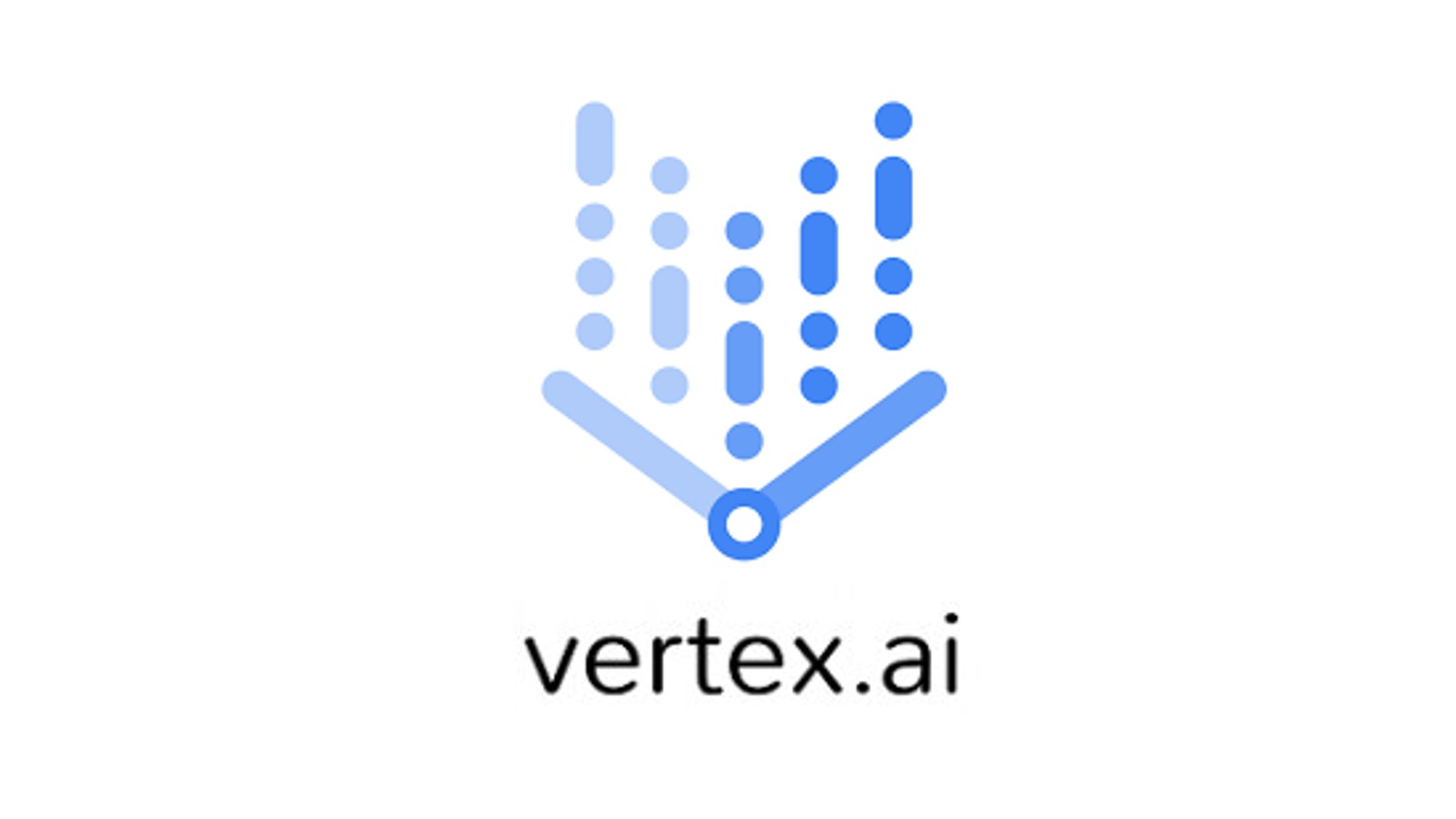
AI in the workspace
Google has announced several new AI features for its Workspace suite. These features are designed to improve productivity and collaboration by integrating artificial intelligence into everyday tasks. Examples include AI-powered email creation, automated meeting summaries, and real-time translation. These tools are designed to help users work more efficiently and effectively.
One of the key new features is AI-powered email creation in Gmail. This feature uses artificial intelligence to help users write emails faster and more accurately. Users can start typing the text of the letter, and artificial intelligence will suggest additions and corrections. This can save time and improve the quality of letters, making communication more effective.
A new feature is automatic meeting summaries in Google Meet. This tool uses AI to create meeting summaries, highlighting key points and action items. This can help users keep up with work and not miss important information. The results can be shared with the meeting participants, which will be a useful reference for further work.
Real-time translation is another important addition to Google Workspace. This feature uses artificial intelligence to translate text and speech in real time, making it easier for users to communicate with colleagues and clients in different languages. This can be especially useful for international teams and companies operating in multiple countries.
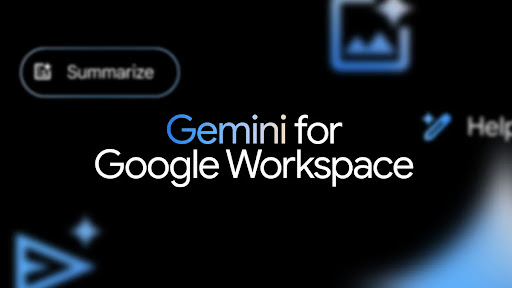
Hyperdisk storage pools
Hyperdisk storage pools were another announcement at the Google Cloud Next conference. This new storage solution offers high performance and scalability, making it ideal for AI and machine learning workloads. Hyperdisk storage pools allow multiple users to access the same data, providing fast and efficient storage solutions for demanding applications.
Hyperdisk ML, a component of Hyperdisk storage pools, is optimized for artificial intelligence workloads. It provides fast model loading and high throughput, making it ideal for training and inference. Hyperdisk ML allows up to 2,500 instances to access a single volume, providing a scalable and efficient storage solution for large AI projects.
In addition to high performance, Hyperdisk pools also offer cost-effective storage options. Users can choose from several tiers of storage, depending on their performance and cost requirements.

Google Vids
Google Vids is a new tool for creating videos based on artificial intelligence. This tool allows users to create videos by combining text, images and other media. It integrates with other Google Workspace tools, making it easy to create professional videos for a variety of purposes. Google Vids aims to make video creation easier and more accessible to users.
Google Vids offers a range of video creation features, including AI-powered editing and production tools. Users can start with a text script, and the AI will suggest images, video clips, and other media to include in the video. This can save time and help users create high-quality videos faster.
In addition to editing and production tools, Google Vids also includes features for collaboration. Users can work on videos together in real-time, making it easy to share ideas and feedback. This can help teams create better videos and ensure everyone is on the same page.
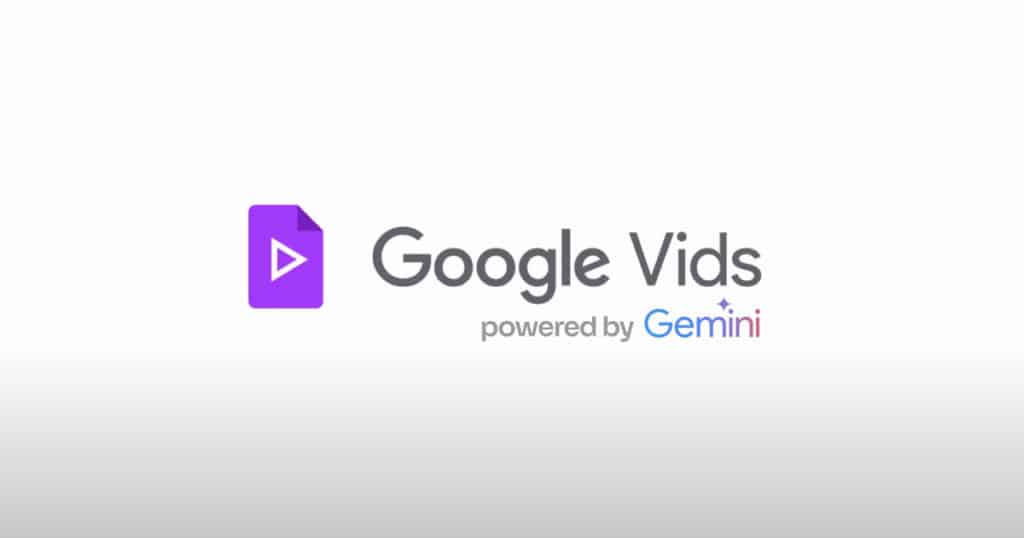
Gemini Code Assist
Gemini Code Assist is an AI-powered tool designed to help developers write code more efficiently. This tool offers features such as code hints, error detection, and automatic code generation. It integrates with popular development environments, giving developers a powerful assistant to improve their coding workflow.
One of the key features of Gemini Code Assist is code hints. As developers write code, AI suggests additions and corrections, helping them write code faster and more accurately. This can save time and reduce code errors, improving overall code quality.
Gemini Code Assist also includes tools for detecting and debugging errors. AI can detect common coding errors and suggest fixes, helping developers identify and fix problems faster. This can improve the reliability of the code and reduce the time spent on debugging.
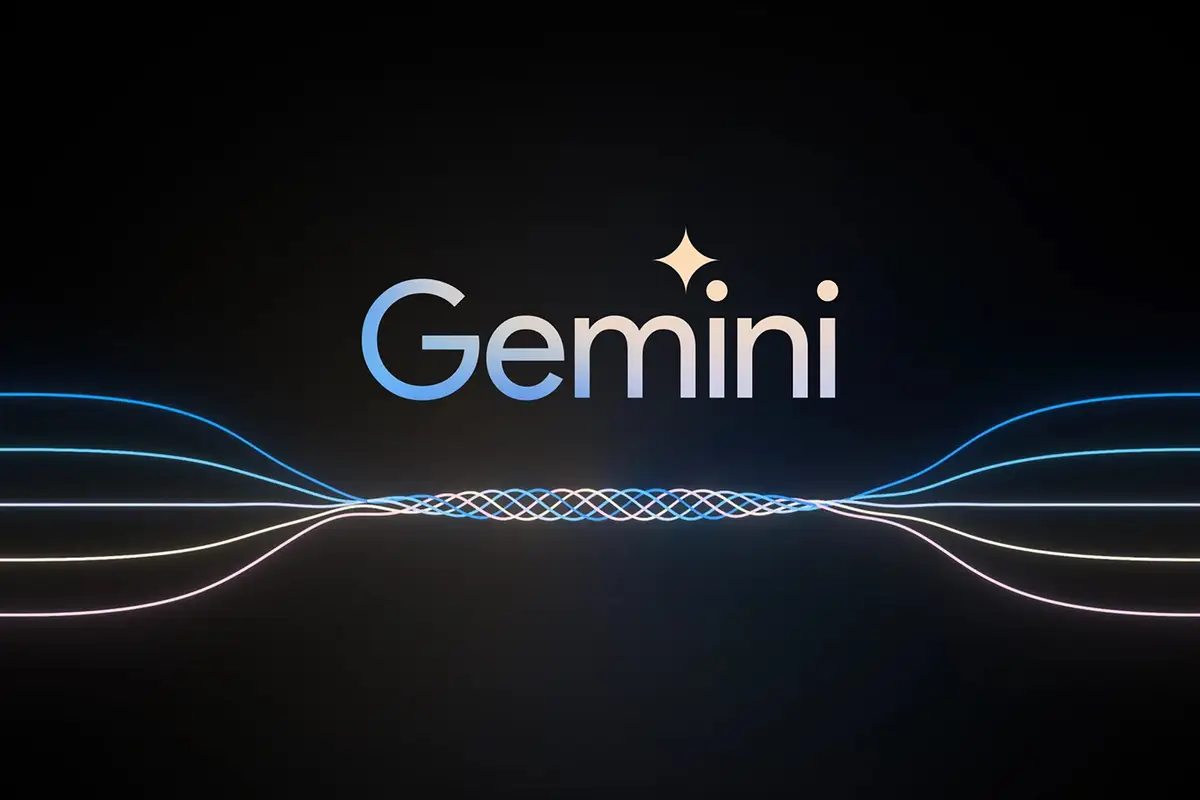
Vertex AI Agent Builder
Vertex AI Agent Builder is a code-free tool that allows users to create dialog agents with artificial intelligence. This tool simplifies the process of creating and deploying chatbots and other AI agents, making it accessible to users with little or no programming experience. It integrates with Google’s other AI tools to provide a comprehensive solution for developing applications based on Google.
One of the key features of Vertex AI Agent Builder is its ease of use. Users can create conversational agents by simply dragging and dropping elements in the visual interface. Artificial intelligence takes care of the underlying code, making it easy for anyone to create a functional chatbot.
Vertex AI Agent Builder also includes a number of ready-made templates and components. They can be configured to meet the needs of different applications, providing a flexible and versatile tool for creating dialog agents. Users can choose from a variety of templates, including customer support, sales, and more.
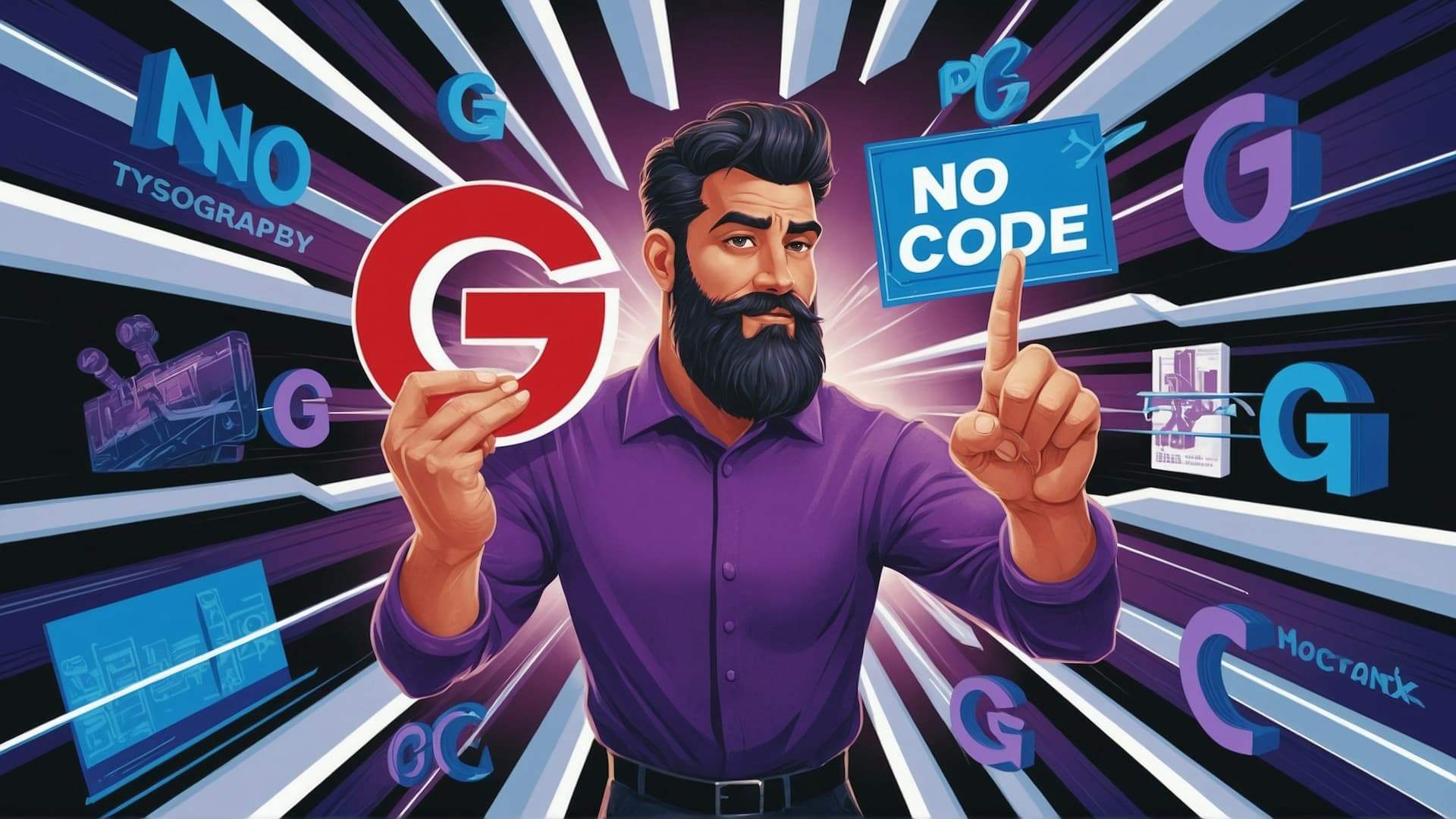
AI security tools
Google has introduced several new AI-based security tools designed to strengthen the protection of cloud applications and data. These tools use AI to detect and respond to security threats in real-time, giving users enhanced capabilities to protect their cloud environments. New security tools are designed to help organizations protect their data and applications from emerging threats.
One of the new tools is the Threat Intelligence service. This service uses artificial intelligence to analyze large volumes of data and identify potential security threats. It can detect patterns and anomalies that may indicate a security breach, allowing organizations to quickly respond and mitigate the threat.

Nvidia’s Blackwell platform
Google announced a partnership with Nvidia to bring the Blackwell platform to Google Cloud. This platform includes high-performance GPUs designed for artificial intelligence and machine learning workloads. The Blackwell platform aims to provide users with powerful computing resources for the most demanding AI applications.
The Blackwell platform includes support for modern Nvidia GPU technologies, providing significant performance and efficiency improvements. These GPUs are designed to handle large-scale workloads, providing the computing power needed for learning and inference. The Blackwell platform is integrated with Google Cloud, allowing users to easily access and manage these resources.
In addition to GPUs, the Blackwell platform also includes advanced software tools for managing AI workloads. These tools are designed to optimize performance and reduce the time and effort required to deploy AI applications. The platform includes support for popular AI frameworks such as TensorFlow and PyTorch, making it easy for developers to build and deploy AI models.
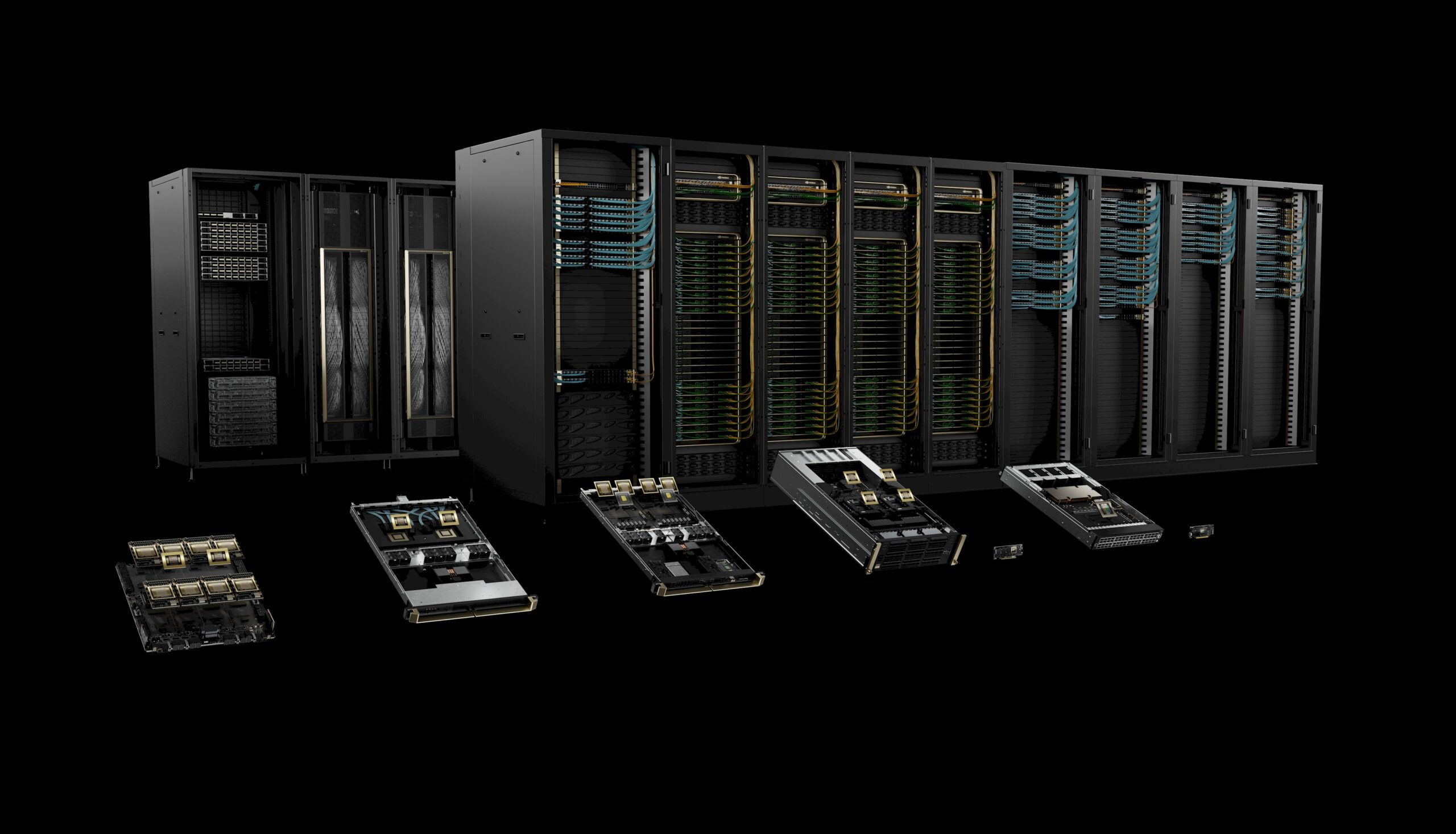
Chrome Enterprise Premium
Chrome Enterprise Premium is a new offering from Google designed to provide advanced security and management features for Chrome devices. This service includes improved security tools, better device management capabilities and additional support options. Chrome Enterprise Premium aims to make Chrome devices a more attractive option for businesses that need secure and manageable endpoints.
Chrome Enterprise Premium features enhanced security. This includes advanced threat protection, data loss prevention, and secure web browsing capabilities. These features are designed to protect users from a wide range of threats, ensuring the safety of their data and applications.
In addition to enhanced security, Chrome Enterprise Premium also includes better device management capabilities. This includes tools to manage device settings, updates and policies from a centralized platform. These tools make it easier for IT administrators to manage large fleets of Chrome devices, reducing the time and effort required to manage devices.

Advanced cloud networks
Enhanced Cloud Networking is a new platform designed to provide secure and high-performance connectivity between different cloud environments. This platform aims to reduce latency and improve performance of applications running in multiple cloud environments. Enhanced Cloud Networking provides users with the tools they need to more effectively manage complex cloud infrastructures.
One of the key features of Enhanced Cloud Networking is support for multi-cloud environments. The platform allows users to connect and manage applications running in different cloud environments such as Google Cloud, AWS and Azure. This gives users more flexibility and control over the cloud infrastructure, making it easier to manage and optimize their applications.
Enhanced Cloud Networking also includes advanced security features. These features are designed to protect data and applications as they move between different cloud environments. They include encryption, access control and threat detection, providing users with a comprehensive solution to protect their multi-cloud infrastructure.

Improving data and analytics
Google has announced several updates to its data and analytics services. These updates aim to provide users with better tools for managing and analyzing large data sets. New features include improved data visualization tools, enhanced data processing capabilities, and better integration with artificial intelligence models. Data enhancements and analytics aim to help users get more insights from their data.
One of the updates is the introduction of new data visualization tools. These tools provide users with powerful data visualization and exploration capabilities. This includes support for interactive charts, graphs and dashboards, making it easier for users to understand and analyze data.
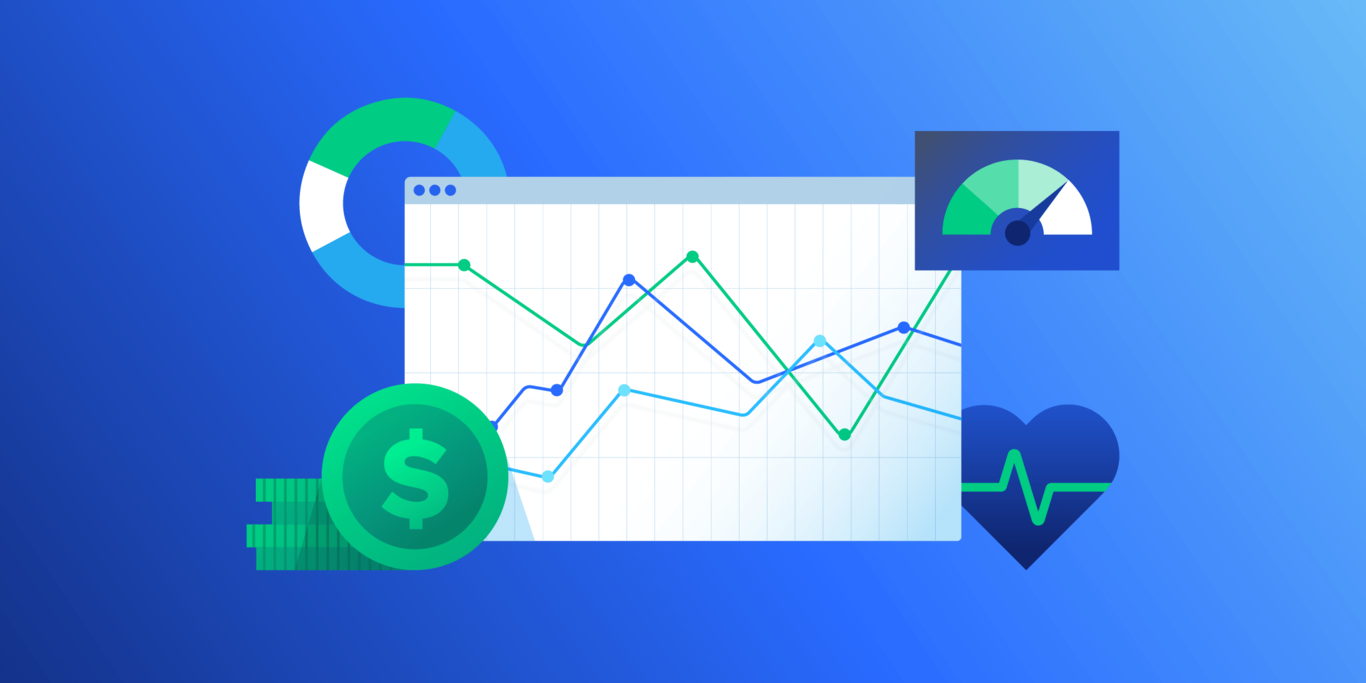
Conclusion
Google Cloud Next offered a unique look at the latest advances in cloud computing, artificial intelligence and related technologies. The announcements and updates demonstrated Google’s commitment to providing powerful and efficient tools for developers, businesses and IT professionals. With new chips, improved AI tools, improved cloud services, and more, Google Cloud Next highlights the continued development of technology and its impact on the industry.